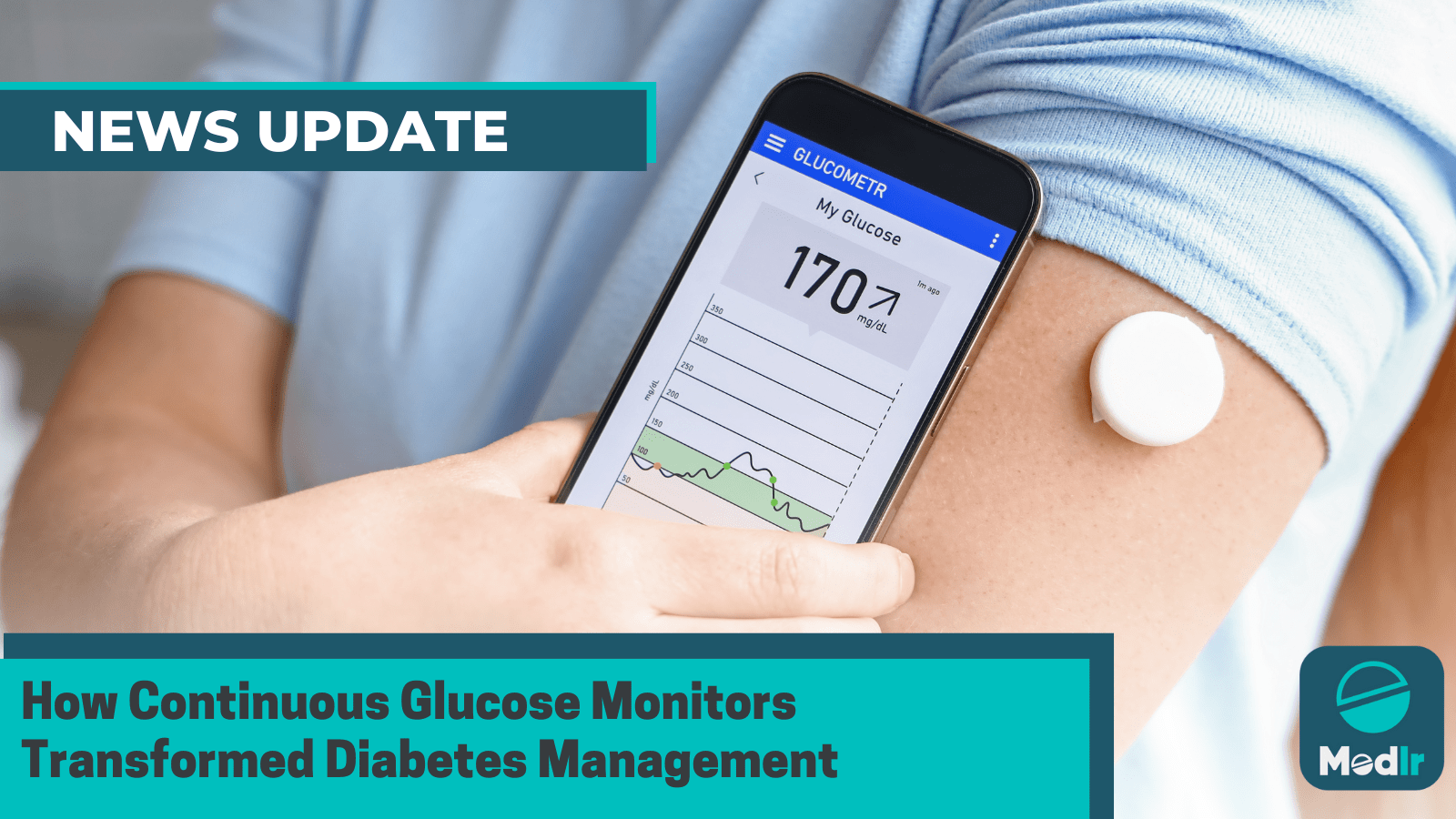How Continuous Glucose Monitors Transformed Diabetes Management
Written by Arushi Sharma, Shaveta Arora
The COVID-19 pandemic saw a surge in the use of continuous glucose monitors (CGMs), revolutionizing diabetic care with advanced digital capabilities, resulting in better patient self-management. GlobalData predicts the CGM and insulin pumps market to reach $20.8 billion by 2033.

COVID-19 led to significant growth in digitally enabled devices like continuous glucose monitors (CGMs), aiding healthcare providers and patients in glycemic control and self-management. GlobalData predicts the market for CGMs and insulin pumps will almost double from $10.6 billion in 2022 to $20.8 billion in 2033.
GlobalData's report highlights the market for insulin pumps and continuous glucose monitors to 2033, highlighting devices like Abbott's FreeStyle Libre 3, Insulet's Omnipod 5, and Medtronic's 780G. These devices offer digital capabilities for improved diabetic care, enabling patients to better manage blood sugar levels.
Tina Deng, MSc, Principal Medical Devices Analyst, GlobalData, comments -
“There has been a trend in diabetic management that emphasizes whole-body care, not just focusing on blood sugar levels, especially for people with type 2 diabetes. Some digital applications can integrate with other health devices or wearables, such as fitness trackers, blood pressure monitors, or smart scales.
This integration enables users to have a comprehensive view of their overall health. The huge amounts of data from electronic medical records, insulin pumps, CGMs, and other wearables, as well as evolving genomic, proteomic, and metabolomics data, can be beneficial in managing diabetes more effectively.”
Many apps offer educational resources, articles, and videos to help individuals understand diabetes, its management, and potential complications, thereby improving patient self-management. These apps also provide forums or support groups, allowing users to connect with peers, share experiences, and actively seek advice.
Apps help individuals manage their medication schedule by sending reminders and incorporating social media and gaming incentives to improve patient compliance. These apps also help with insulin injections, oral medications, and supplements.
Digital applications enable healthcare providers to analyze data, generate reports, and visualize trends in blood glucose levels, medication adherence, and lifestyle factors.
Deng concludes -
“These data and insights help healthcare providers make informed decisions and adjust treatment plans accordingly. Many digital diabetes clinics were established during the COVID-19 pandemic. These virtual clinics incorporate digital patient data collected by devices and provide individually tailored suggestions and treatments to patients who were unable or unwilling to visit in person.”